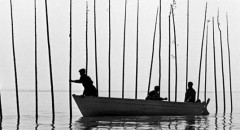
In part three of my response to the Sight & Sound list of “greatest documentaries”, I finally get around to comparing my own choices with those in the magazine, finding some points of overlap and others of disagreement.
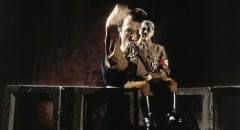
Although the idea of creating lists of the “best” is always problematic, the attempt often provides the impetus to think about and reevaluate our own likes, dislikes and judgements. The recent Sight & Sound list of “the greatest documentaries of all time” affords an opportunity to think about what actually qualifies as documentary and to talk about personal favourites.
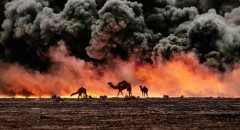
Although the idea of creating lists of the “best” is always problematic, the attempt often provides the impetus to think about and reevaluate our own likes, dislikes and judgements. The recent Sight & Sound list of “the greatest documentaries of all time” affords an opportunity to think about what actually qualifies as documentary and to talk about personal favourites.
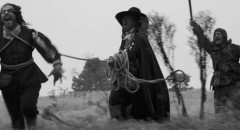
Among other recent disks, Ben Wheatley’s A Field In England and Frank Perry’s The Swimmer use realistic performance and imagery to dig below material reality to strange symbolic and psychological depths, while the Estonian documentary Disco and Atomic War transforms the social and political facts of the Cold War into something strange and very funny.
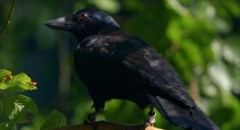
I just came across this interesting nature documentary clip on YouTube. It’s from a BBC series called Inside the Animal Mind and it illustrates the remarkable intelligence of the crow. Well, perhaps it does, and perhaps not. If you read the comments below the clip, there are a number of people who (inevitably) cry “fake!” […]
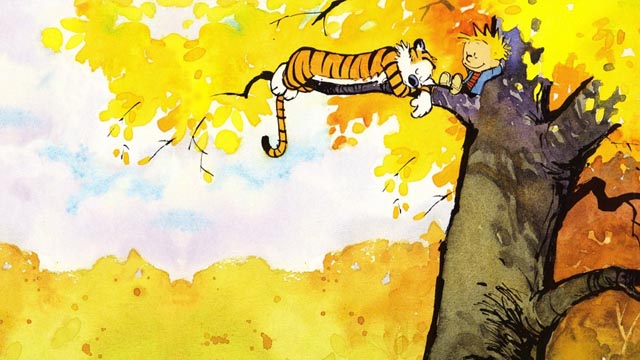
At some time in the process of our transformation into “consumers” – that is, after the fundamental shift in our relationship with the world around us where exchange value superseded all other considerations – a strange confusion arose between artists and the art they created. We somehow came to believe that if we appreciated the […]